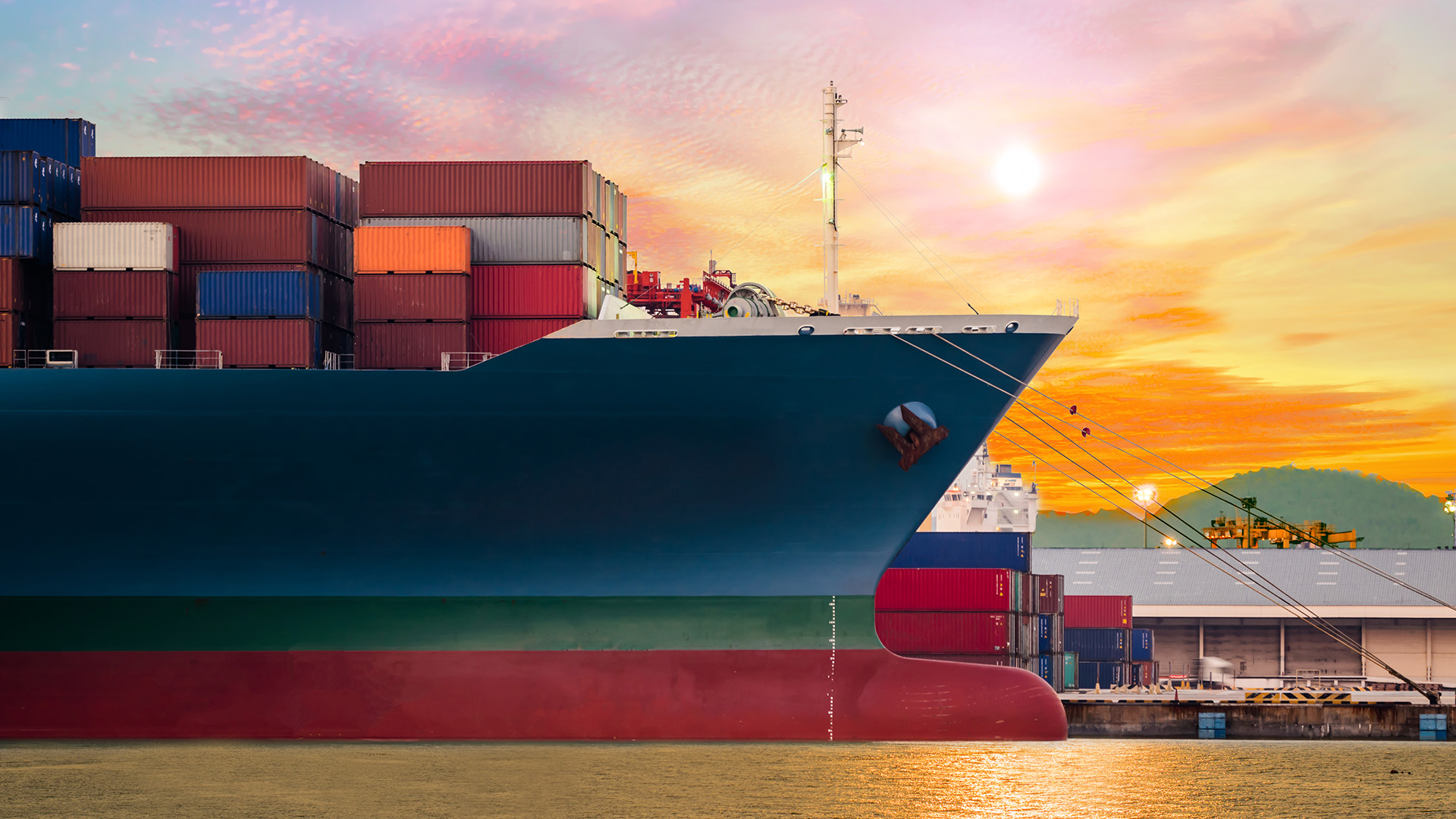The shipping industry is under immense pressure to reduce carbon emissions, with frameworks like the European Union Emissions Trading System (EU ETS) and global decarbonization targets shaping the future.
Central to this effort is the Carbon Intensity Indicator (CII), a metric that evaluates the operational efficiency of a vessel, with penalties for poor performance.
A Vessel’s CII Score: A Shared Responsibility
Managing a vessel's CII score requires a holistic approach that considers both technical and operational factors. Shipowners typically have a deep understanding of the vessel's technical profile, including engine efficiency and hull resistance, but charterers control the operational aspects, such as route selection and speed. This division of responsibilities can create a situation where neither party can fully optimize the vessel's emissions or its CII score without collaboration.
The Necessity of Insights Sharing for CII Management
Effective CII management hinges on accurate forecasting of how various decisions will impact emissions. This requires shipowners and charterers to move beyond traditional roles and work closely together, sharing insights and data openly. Without this collaboration, the ability to manage CII is compromised, leading to suboptimal outcomes for both parties.
Collaborative CII Management Powered by Data
Danelec, through its advanced platforms, facilitates this collaboration with tools like Green Charter, which leverages machine learning and digital twins. These technologies provide a shared understanding of the vessel's performance, allowing both owners and charterers to make informed decisions that enhance efficiency and CII scores.
For instance, Green Charter enables owners and charterers to agree on benchmarks for maintenance, such as determining when hull fouling has reached a level that necessitates cleaning. By monitoring the vessel's performance in real-time, they can ensure that the hull remains clean, preserving fuel efficiency and optimizing the CII score. This proactive approach reduces the need for reactive claims and helps maintain peak performance.
Real-World Application: The Impact of Hull Fouling
A case study demonstrates how Danelec's Digital Twins identified hull fouling that was causing a vessel to require 20% more propulsive power than when the hull was clean. By sharing this data, the owner and charterer were able to make a joint decision to clean the hull, resulting in a significant performance improvement and a positive impact on the vessel's CII score. This example underscores the value of data-driven collaboration in maintaining both commercial and environmental efficiency.
The Future of CII Management: A Collaborative Path Forward
The shipping industry's path to improved CII scores and reduced emissions lies in the collaboration between owners and charterers. By sharing data and insights, they can jointly manage the technical and operational aspects of their vessels, leading to better outcomes for both parties.




